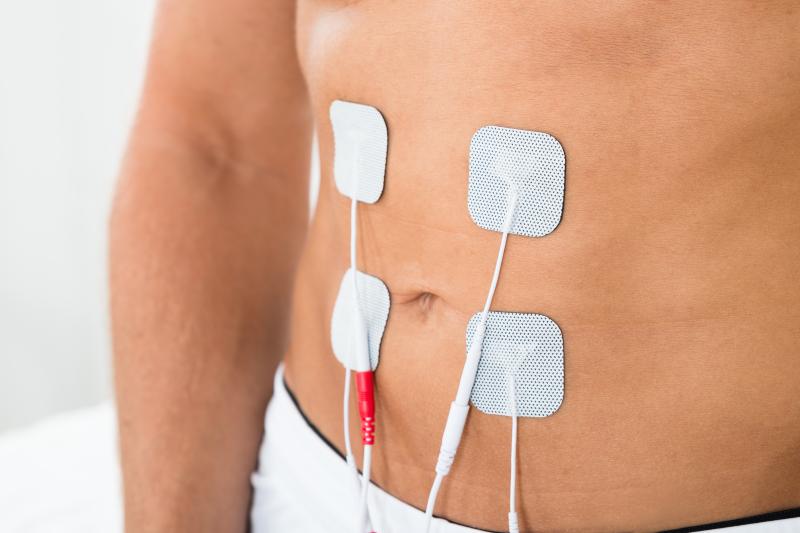
Switching insulin pumps on or off before exercise does not seem to affect blood glucose concentrations during physical activity in type 1 diabetes patients, according to a recent study.
“In this study, we have demonstrated that there was no advantage or disadvantage to leaving the pump on vs pump off during 40 minutes of intermittent high-intensity exercise,” and that temporary pump suspension is safe particularly when blood glucose is in reasonable range, said researchers.
“It is unclear whether this strategy would be safe if individuals with type 1 diabetes were hyperglycaemic at exercise start time,” they added.
Twelve type 1 diabetics (median age, 29 years; 50 percent female) underwent two bouts of 40-minute intermittent, high-intensity exercise, once with the pump turned on at 50 percent of the usual basal rate, and the other with the pump suspended. The median diabetes duration was 13 years. Participants took a median daily insulin dose of 41 units. [Can J Diabetes 2019;doi:10.1016/j.jcjd.2019.05.015]
Blood glucose levels 10 minutes before exercise were significantly higher in the pump-off vs pump-on conditions (7.8±0.8 vs 6.9±0.5 mmol/L; p=0.001). Concentrations during the exercise remained comparable between both conditions (p>0.05). Only one participant in either conditions developed hypoglycaemia, with an incidence rate of 8 percent.
Clarke error grid analysis found that participants were able to sufficiently accurately estimate their blood glucose concentrations during the pump-on and pump-off conditions (91 percent vs 97 percent of values; p=0.05).
Bland-Altman plots, however, showed that keeping the device on during exercise made participants prone to negative bias, estimating their blood glucose level to be lower than the actual measurement. Switching the pump off had no such effect.
Continuous glucose monitoring likewise showed that in the 12-hour recovery period after exercise, the median percentages of time spent in euglycaemia (70 percent vs 71 percent; p=0.3), hyperglycaemia (22 percent vs 29 percent; p=0.7) and hypoglycaemia (2 percent vs 0 percent; p=0.3) were comparable between the device on and off arms.
“Some patients with diabetes make a claim that they can estimate their glucose level during exercise and that they know if hypoglycaemia or hyperglycaemia is developing,” said the researchers. The present finding confirms this, though for unknown reasons, accuracy of the participants seemed to be better when the insulin pump was turned on.
“Further research is required to determine more precise basal rate adjustment strategies to reduce exercise-associated dysglycaemia during various mixed forms of intensive aerobic and anaerobic exercise,” they added. “These studies should also be carried out in a larger population of individuals living with type 1 diabetes, exercising at various times of the day.”